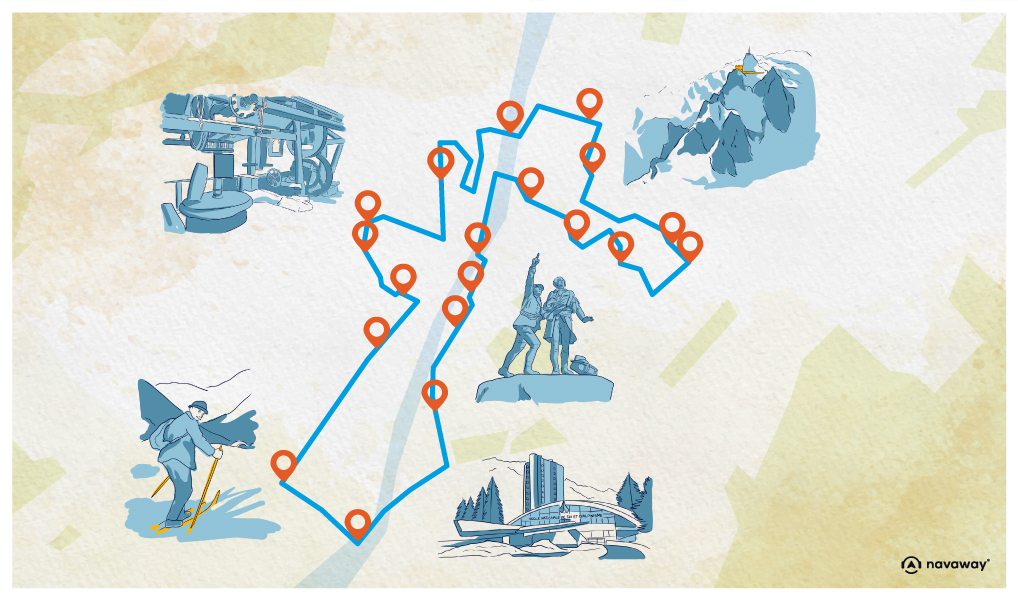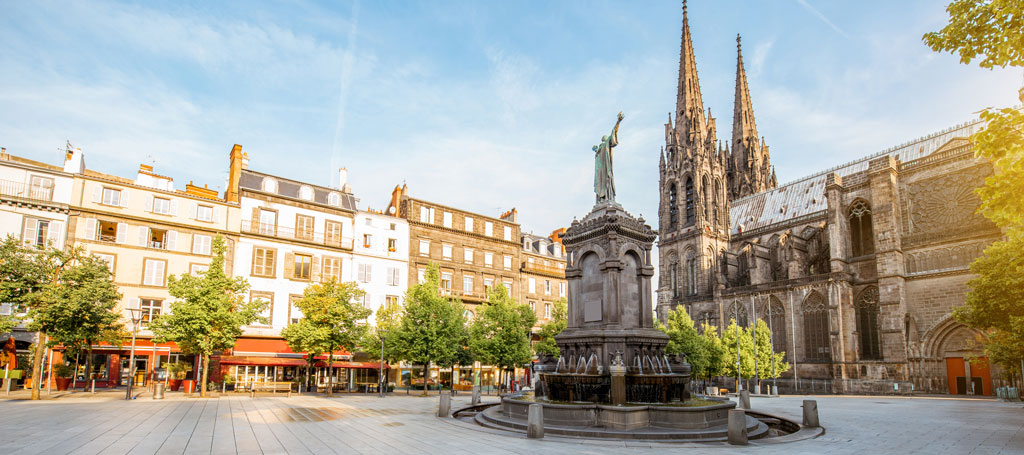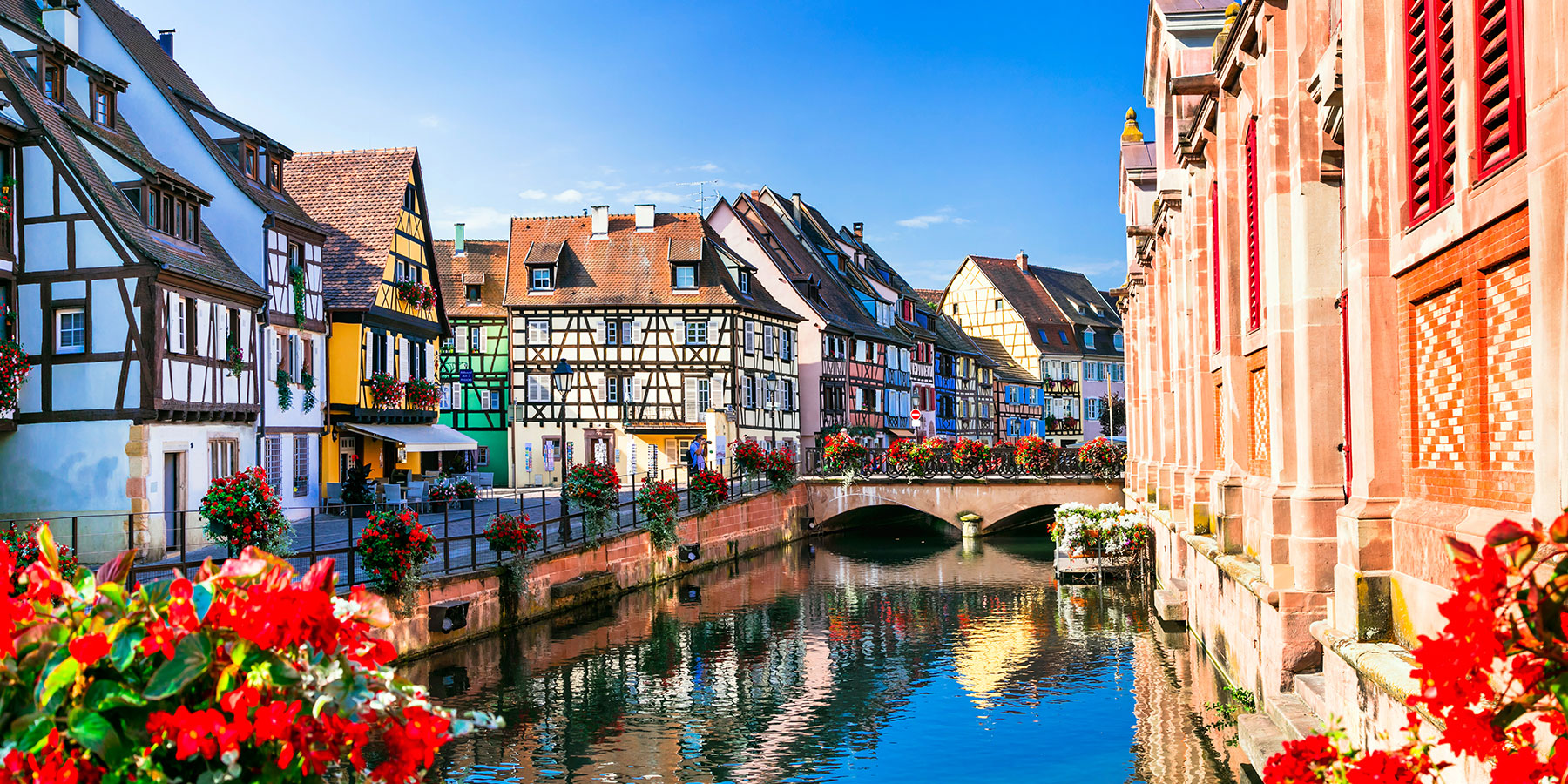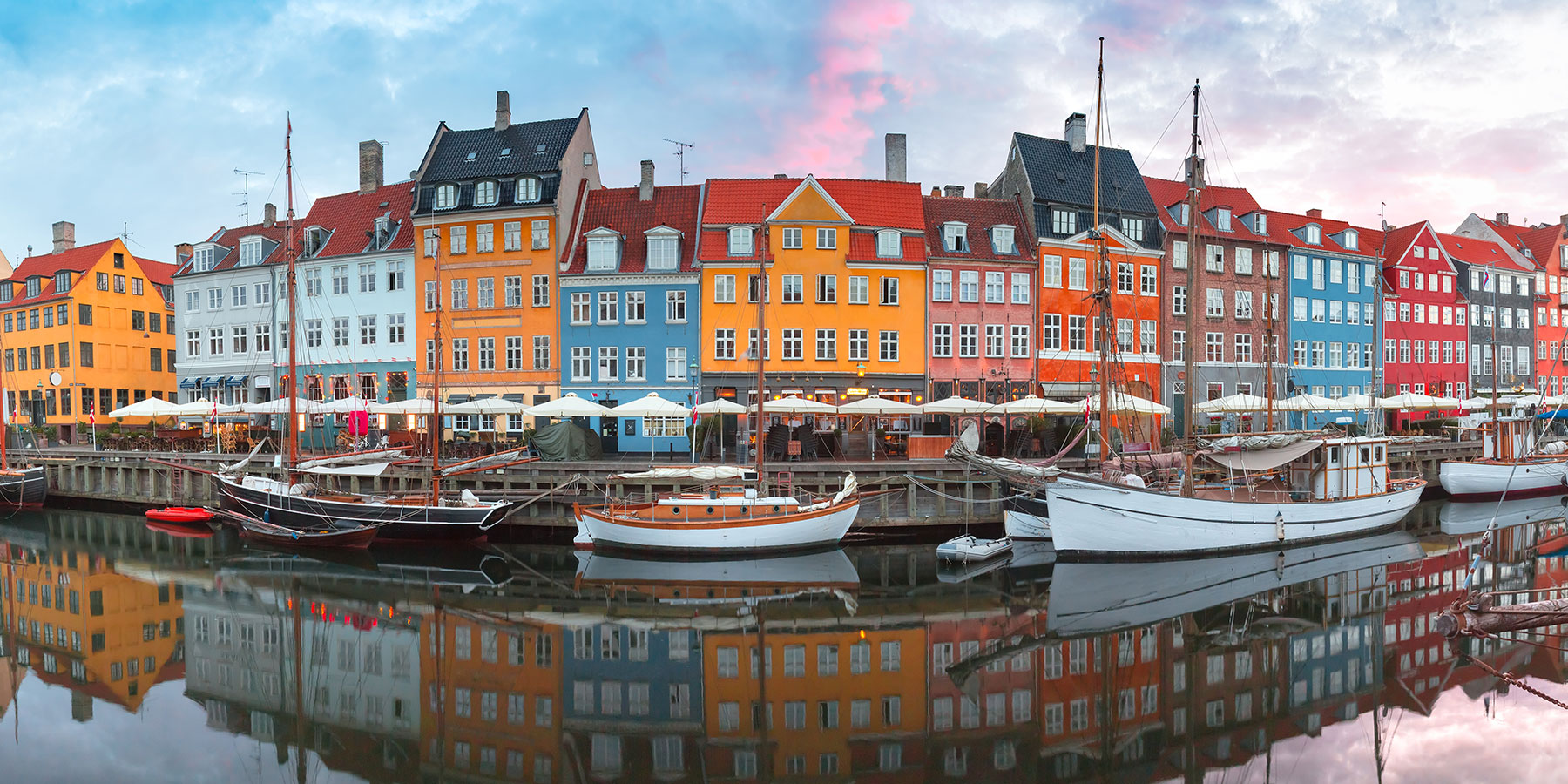
War in the Mountains

This point of interest is available as audio on the tour: Visit Chamonix, Where Earth Touches Sky
This war memorial, solemnly placed on Place du Poilu, honors the Chamonix residents who died for France. Inaugurated in 1921 for soldiers lost during World War I, it now also commemorates those from World War II and the War of Algeria. You might think that remote valleys such as Chamonix would be somewhat spared from war’s intensity, but actually, it’s quite the opposite. The natural borders formed by mountains are strategic zones that must be defended under particularly harsh conditions. France began forming specialized mountain combat troops during the battles of Italian unification in the 19th century. These first battalions are the ancestors of the Alpine Hunters, nicknamed the “Blue Devils.” These elite soldiers are trained to fight in mountainous terrain under harsh weather conditions and undergo rigorous training that includes mountaineering and military skiing certifications. During World War I, the Alpine front between Italy and Austria was called the White War because the heavy snow and brutal winter conditions made the weather as deadly as the battle itself. Fighting took place at altitudes between 2,000 and 3,000 meters, where natural dangers were added to enemy threats. During World War II, the mountains, still at the heart of conflicts, also became a refuge and salvation. Chamonix residents who joined the Resistance guided Jews and resistance fighters through mountain passes to reach Switzerland. Some saved lives, others lost their own. This bronze soldier, motionless on his granite base, reminds us not only of the ultimate sacrifice of soldiers fallen in combat, but also of the unique history of this alpine valley where the mountains could be both a battleground and a path to freedom.


Discover Chamonix with app
An interactive guide through the most beautiful streets, squares, and districts
22 fun audioguides full of historical facts, anecdotes, and legends





Comments